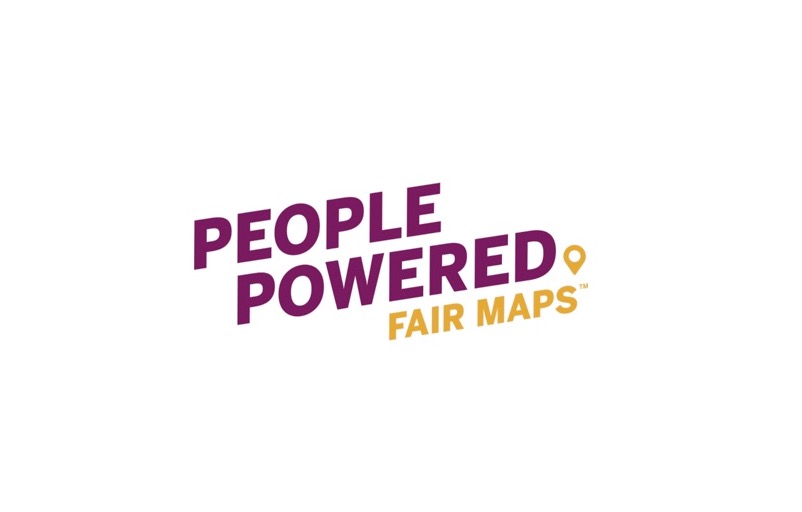
This week, during a meeting with one of our partners, Common Cause Rhode Island, a question came up that was a bit of a head-scratcher for me, so I posed the question to Samyuktha Mahadevan, a Campaign Coordinator for the National League of Women Voters in Washington, D.C.
To paraphrase, that question was, "How do we answer the 'What then?' question? When we offer people the tools and knowledge to draw their own district maps, how can we persuade them that this is worth their time and effort, especially in a state like Rhode Island where the possibility of an independent mapping committee is no longer on the table? What examples might we point to where these publicly-created maps have affected real change?"
This question was harder to answer than I thought it would be, primarily because we simply did not have these kinds of publicly-available mapping tools ten years ago, the last time districts were redrawn. And as with most impactful political issues, there isn't really one clear answer -- but Samyuktha took a crack at it anyway! Her response is below, in her own words, because I certainly couldn't say it better myself.
I have found that looking to states that have independent/redistricting commissions is helpful, since they have had the time to evaluate how increased public input has benefited the redistricting process.
This report from LWV of California is SUPER thorough: https://cavotes.org/sites/default/files/jobs/RedistrictingCommission%20R...
Section 4 (starting on page 34) goes over how public input shaped the map-drawing process, and I think it makes for a very compelling read!This short article from the National Conference of State Legislatures also outlines the states that now have mandatory public input, which is a great incentive for people to submit maps: https://www.ncsl.org/research/redistricting/public-input-into-redistrict...
I found this article from 2011 about how the Delaware League proposed their own maps for state redistricting: https://www.capegazette.com/article/women-voters-submit-redistricting-ma...
I think one of the biggest wins to highlight is the increased push for "regular people" to learn how mapping works has led to increased advocacy from Leagues and partner organizations alike to have increased transparency and opportunities for public input in the redistricting process. For example, Oklahoma fought for those reforms through their People Not Politicians coalition, making baby steps towards fairer maps - now they need the public to follow through. Between 2010 and now, like you mentioned, access to such tools has increased exponentially, so 2021 is our chance to really use that development to our advantage!
Special thanks to Samuyktha Mahadevan for making the time to research and answer such a complex question, the California League of Women Voters for their Redistricting Commission Report, and the Delaware League's 2011 redistricting proposal.